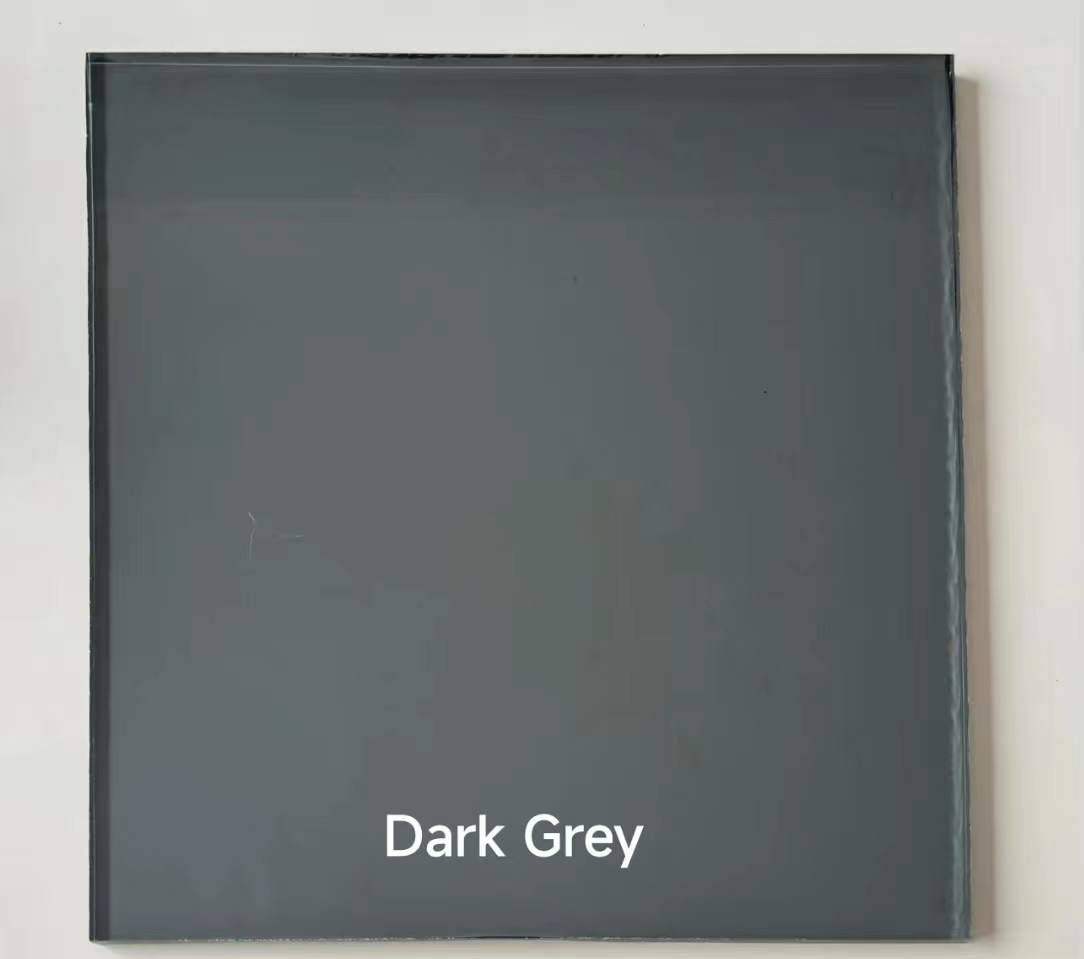Float glass is a ubiquitous material in modern construction and design, yet its diverse types remain less understood by many. This article delves into the distinct varieties of float glass, revealing insights garnered from industry experts, backed by authoritative data, and aimed at providing trustworthy information for buyers and industry professionals alike.

Clear float glass, the most common type, is known for its perfect flat surfaces and high light transmission capabilities. This popularity stems from its versatility; it serves as the base material for many other glass products. Clear float glass is essential in windows and facades, owing to its ability to offer unobstructed views while seamlessly blending with interiors.
Tinted float glass adds another layer of functionality and aesthetics. Integrating metal oxides during production gives this glass a distinct color, ranging from bronze to gray or green. These hues not only enhance the aesthetic appeal but also provide significant solar control properties. Tinted float glass reduces heat gain, making it an energy-efficient choice for buildings situated in sunny climates, thus helping in lowering air conditioning costs.

The advent of advanced manufacturing technologies has introduced low-E (low-emissivity) float glass to the market. This type is coated with metallic compounds that reflect infrared energy. It significantly reduces heat transfer, maintaining the internal temperature of buildings while allowing natural light to illuminate spaces. The energy efficiency of low-E float glass makes it a valuable component in sustainable building practices, ensuring comfort while reducing reliance on artificial heating and cooling systems.
Laminated float glass is prized for its safety and security features. Constructed by bonding two or more layers of clear float glass with polyvinyl butyral (PVB) interlayers, it resists shattering upon impact, making it ideal for areas where human safety is paramount, such as in car windshields, skylights, and glass doors. Beyond safety, laminated glass also provides sound insulation and blocks harmful UV rays, protecting interiors from fading and deterioration.
types of float glass
Tempered float glass, while similar in appearance to ordinary glass, undergoes a heat treatment process that strengthens it. The result is glass that can withstand substantial impact and thermal stress. When broken, it crumbles into small, less harmful pieces, contrasting sharply with the dangerous shards of regular glass. This makes it suitable for applications demanding robust safety standards, like shower enclosures and public spaces.
Reflective float glass captivates with its dual functionality—providing superior privacy through its mirrored finish while reflecting solar radiation. This makes it an excellent choice for façades, maintaining a building’s internal climate by deflecting external heat. Its unique property of appearing transparent from the interior while reflecting from the exterior ensures privacy without compromising on natural light.
Each type of float glass serves unique roles across architectural and industrial domains. The decision to use a specific type often centers on the desired balance between functionality, energy efficiency, aesthetics, and safety. As buildings increasingly adhere to green building standards and energy efficiency mandates, the demand for specialized float glass types is set to rise, paving the way for innovative applications and developments in glass technology.
Understanding these types' intrinsic properties allows professionals to make informed decisions, ensuring that they meet project requirements effectively while aligning with the latest industry standards and trends. Choosing the right float glass type not only enhances the structural and aesthetic attributes of buildings but also underscores a commitment to sustainability and innovation in design.



